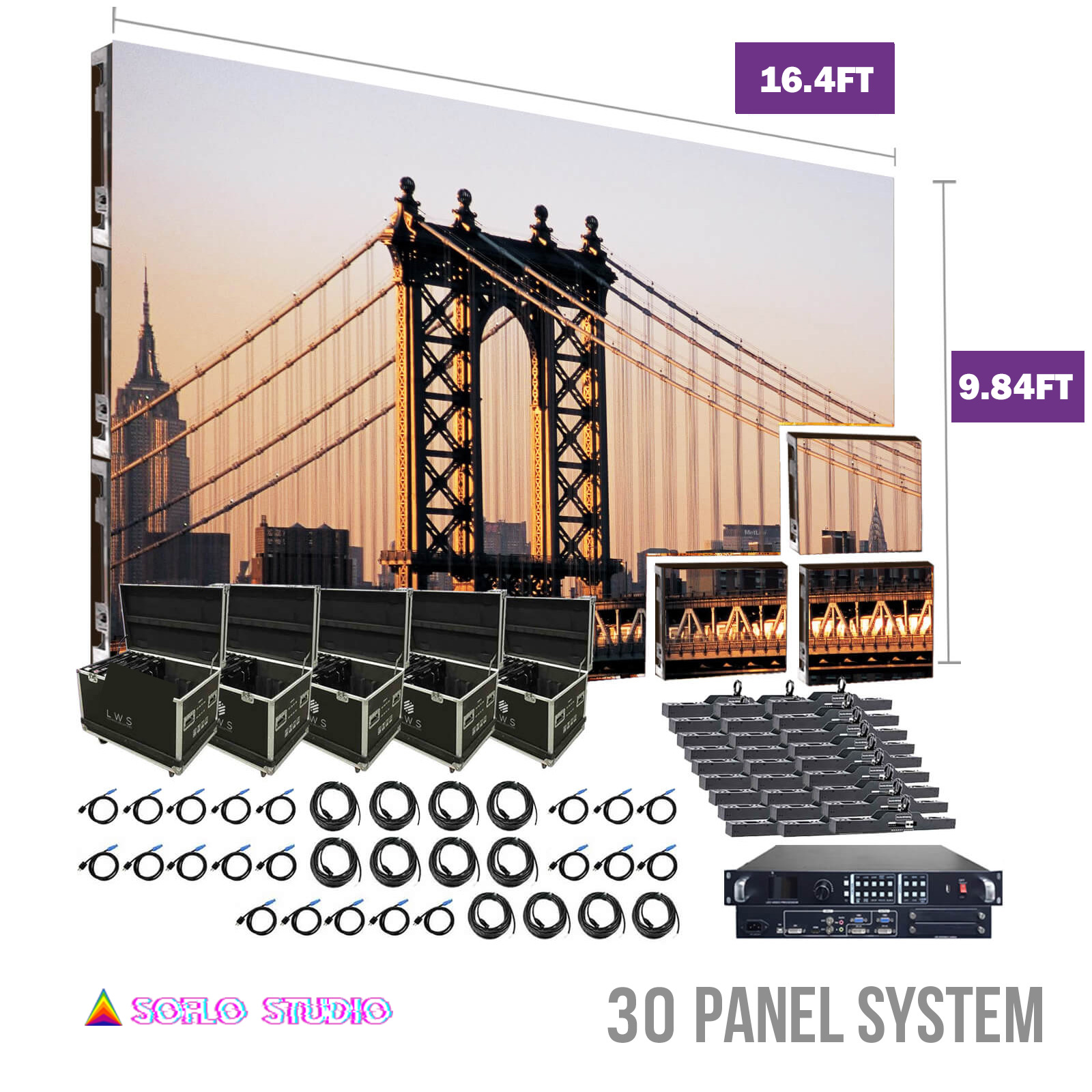Exploring the Diverse Connectivity Solutions Available for Light Emitting Diode Display Panels
Exploring the Diverse Connectivity Solutions Available for Light Emitting Diode Display Panels
Blog Article
Light Emitting Diode display units have secured traction for their capacity to deliver high-quality visuals in various settings, from professional environments to event venues. One of the primary aspects of these systems is their interface options, which allow users to connect them to different devices and systems. Understanding the diverse input options available for LED wall panels is essential for maximizing their use and effectiveness. This article explores these options, highlighting how they can cater to various needs and preferences.
One frequent connection approach for Light Emitting Diode wall panels is HDMI. High-Definition Multimedia Interface is broadly recognized for transmitting high-quality video and audio streams between devices. This interface type is especially useful in commercial environments, such as meeting spaces or classrooms, where presentations or video content are often displayed. By using digital connectors, users can easily connect laptops, projectors, and streaming equipment to LED wall panels, ensuring a sharp and dynamic display of information.
Another popular interface method is DisplayPort, which is similar to High-Definition Multimedia Interface but offers enhanced advantages. DisplayPort can support higher refresh rates and display outputs, making it an ideal choice for gaming or graphic-intensive applications. For those deploying Light Emitting Diode wall panels in settings where performance is essential, such as competitive gaming venues or design studios, DisplayPort can provide the necessary visual clarity. Moreover, many modern computers and graphics cards feature Display Port connections, making it a convenient option for technology-oriented users.
In addition to HDMI and DisplayPort, cordless transmission methods are go now becoming increasingly prevalent in LED wall panel solutions. Cable-free interfaces allow operators to transmit content without the need for physical cables, enabling a cleaner and more adaptable configuration. Platforms such as Wi-Fi and Bluetooth enable users to link smartphones, tablets, and laptops directly to LED wall panels without cumbersome wires. This versatility is particularly advantageous in fast-paced settings like trade shows or events, where quick changes to displays are often needed.
For extensive deployments or more intricate configurations, LAN integration through Ethernet is another reliable solution. Ethernet connections provide a stable and reliable way to connect multiple Light Emitting Diode wall panels within a system. This approach is suitable for electronic display use cases found in retail centers or airports, where multiple panels may need to present synchronized content across a wide area. By using network cabling and network switches, users can guarantee that all linked panels receive uniform data and information efficiently.
Finally, it's crucial to consider the future of connectivity with technologies such as USB-C and Thunderbolt 3. These newer connection types offer increased data transfer speeds and versatility by allowing one connector to handle both power delivery and data transmission. As more devices adopt these standards, LED wall panels equipped with USB-C ports will likely become more common. This residential lighting solutions evolution in connectivity not only enhances the functionality of LED wall panels but also coincides with the growing trend of minimalism in technology setups by minimizing the number of wires required.
In summary, examining the broad interface options available for LED wall panels reveals many possibilities for users across various fields. From traditional approaches like High-Definition Multimedia Interface and Display Port to contemporary cordless technologies and LAN setups, each option serves unique purposes tailored to specific needs. Furthermore, next-gen technologies like Universal Serial Bus-C offer further developments in how professionals utilize Luminescent Diode wall panels. By grasping these connectivity choices, individuals can make informed selections that optimize their overall engagement with these multifunctional visual solutions.